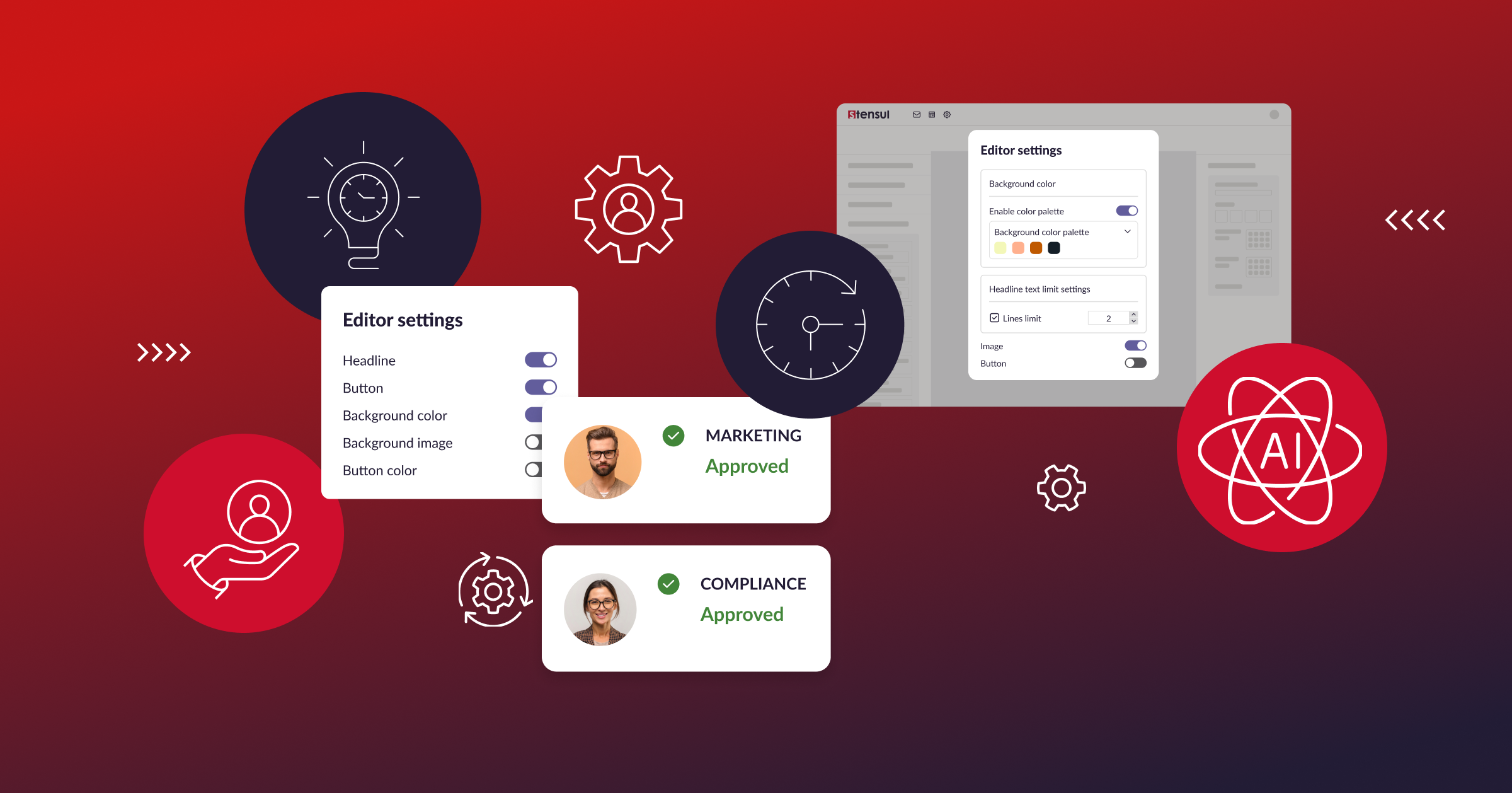I’m sure you know the poem “Casey at the Bat.” Many see it as an homage to the beautiful game of baseball. Although it does tell the tale of the team from Mudville trying hard to win the ball game, it explains how Casey caused his team to lose by not adapting to the situation presented to him. There’s an interesting parallel between the 19th-century poem and today’s email creation team—the one you manage, in all likelihood.
Casey was confident his approach would win the day. Unfortunately, as we recall, he struck out, and as a result, there was no joy in Mudville.
No matter the level of play, all teams strive for excellence. It’s no different for you as the leader of an email creation team. In some respects, what your crew deals with is not all that different from what a Major League Baseball team must face. There’s a game to be played and won just about every day, and the pressure can be intense.
The tough pitching you face comes in the form of a torrent of email requests, unexpected rendering issues, and super-tight SLAs—the equivalent of a high and inside pitch, the kind Casey struck out on in Mudville.
Just as the manager of a ball club constantly assesses the team’s players, you need to be able to answer questions about your own team such as these:
- Do they have the proper orientation and skills?
- Are they team players or grandstanders seeking glory for themselves?
- Do you have the right processes and equipment to compete and win in today’s high-paced business environment?
To learn the answers to those and other questions, download the Stensul eBook, The Email Creation Team Playbook – How to change your team’s game for the better today.
Positions on an email creation team
To help you answer those questions, let’s look at the positions or roles on a typical email creation team (not the Mudville nine).
| Position | Responsibility | Defining Characteristics |
|---|---|---|
| Marketer |
|
|
| Designer |
|
|
| Copywriter |
|
|
| Developer |
|
|
| Quality Assurance |
|
|
| Brand/Legal Review |
|
|
| Executive |
|
|
It’s easy to assume these team members work efficiently or as smooth and swift as a second baseman-to-shortstop-to-first baseman whip-fast double play. Unfortunately, it doesn’t happen anywhere near whip-fast. Stensul research found it takes 80% of companies two or more weeks to get a single marketing email out the door. That’s more like Mudville than championship caliber.
Innovate to win
Baseball is dripping with tradition. Still, if you’re even a passive follower of the sport, you’re aware that managers, players, and entire organizations will embrace new approaches to just about any aspect of the game with one thought in mind: win.
It’s still largely the game Abner Doubleday laid out along the shore of Lake Otsego in Cooperstown, New York. However, much has changed in how those involved prepare for, play, and learn from each contest.
Take a look at how your organization creates emails. As capable as your team might seem in your mind, they’re using the same method first seen in the 1990s. This “traditional approach” is filled with many tedious, largely manual tasks and a time-consuming review and approval process. It’s prone to bottlenecks and a seemingly endless back-and-forth among all those involved in creating emails. It’s so tedious that even the most even-tempered, positive sort of person can become disgruntled or downright angry.
More important, it can cause several, if not all people, on your team to get burned out. You need to act before that happens. Not doing so will severely hamper your ability to win.
It’s your choice. Do you remain like Casey of Mudville, convinced he can win the day, or adapt to meet the demands you face today and in the days ahead? Let’s look at the facts: Demand for email as a marketing communications channel shows no sign of lessening. If anything, the use of email to find, sell to, and keep customers loyal has grown dramatically.
You cannot keep playing the game like it’s the 1990s. You need to change your game to win. To do that, you need:
- Game-changing email creation process
- Game-changing email creation people
- Game-changing email creation technology
Game-changing email creation process
Stensul found that as much as 90% of the time available to the email team is taken up by production-related activities. Little, if any, time was spent on testing to sharpen strategy and achieve better email performance. You have to be smarter than Casey was in Mudville.
To win the email creation game, you need to change the process. This calls for a move from specialists using single-purpose tools and operating in silos to having them work together in a single environment that enhances seamless collaboration—within your team and cross-functionally. By doing so, workflows will be more streamlined and approvals will come quicker, with far less back-and-forth. Not only that, but emails created this way will get to market faster with reduced SLAs.
Game-changing email creation people
To turn the game in your favor, don’t simply put more people against the task. If your process is inefficient, increasing headcount won’t necessarily mean creating the email will take less time. It will make it more expensive than it needs to be, however.
The game-changer here is not more people. Instead, it’s using the people you have more effectively by instituting a process that gives them time to create better emails faster, ones that are on-brand 100% of the time and that exceed performance expectations because they have the time to conduct A/B tests, implement personalization efforts, or add dynamic content.
Game-changing email creation technology
If you disregard the inefficiency of your current email creation process, it’s understandable you might think it’ll work for you now and in the future. The reality is that it won’t work because it is so inefficient.
To win the email creation game, you need to place an email creation platform at the center of your creation process. An email creation platform simplifies and speeds the entire process—from developing the design concept to uploading the email for deployment. It also significantly shortens the review and approval steps.
An email creation platform creates a single, collaborative work environment that empowers non-technical people to quickly and efficiently create quality emails in minutes, maintaining all corporate branding and regulatory requirements. As demand for email grows, an email creation platform lets you scale to easily meet that demand without needing to increase the size of your team, whether they are full-time employees or outsourced services.
The case for an email creation platform
It’s up to you to foster that change among your team and your management. It’s a case you can make with ease if you include these three points to convince your leadership team.
1. Get efficient
An email creation platform heightens the productivity of every member of your team and gives you flexibility on how to structure the team.
Its no-code or drag-and-drop approach to email creation means coders or other technical team members don’t need to do such work. Plus, the right email creation platform offers the additional choice to using your code to create modules.
The platform includes robust, automated guardrails for brand, compliance, and rendering that turn the usually time-consuming, complicated approval and QA steps into a straightforward and speedy process. That’s the reason a top-tier real estate development company saved 254 hours per month by moving to an email creation platform.
2. Be strategic
An email creation platform gives your team the time to focus on developing content that will exceed expectations on engagement and other crucial performance metrics. It also lets you launch campaigns faster and at higher volumes.
For example, a global B2B payments company recaptured time lost to email production to conduct 10x more A/B testing, personalization, and leverage more functionality from their deployment platform.
3. Optimize performance
Most martech stacks already include technology contributing to email creation, such as image libraries, link tracking, dynamic content, workflow/project management tools, and messaging platforms. An email creation platform can make your investment in those technologies better when it securely integrates with them to make email creation even more efficient and less prone to bottlenecks or inadequately trained personnel going where they shouldn’t in the email creation and deployment processes.
Consider a professional sports team that integrated its email creation platform with all relevant adjacent tech in its martech space and realized an 83% time savings while dealing with a 50% increase in email volume. Last, and most important, they saw a 20% revenue lift.
Learn to change your game
Be sure to download the Stensul eBook, The Email Creation Team Playbook – How to change your team’s game for the better to learn all there is to know to win the email creation game or be like Casey of Mudville and strike out.




